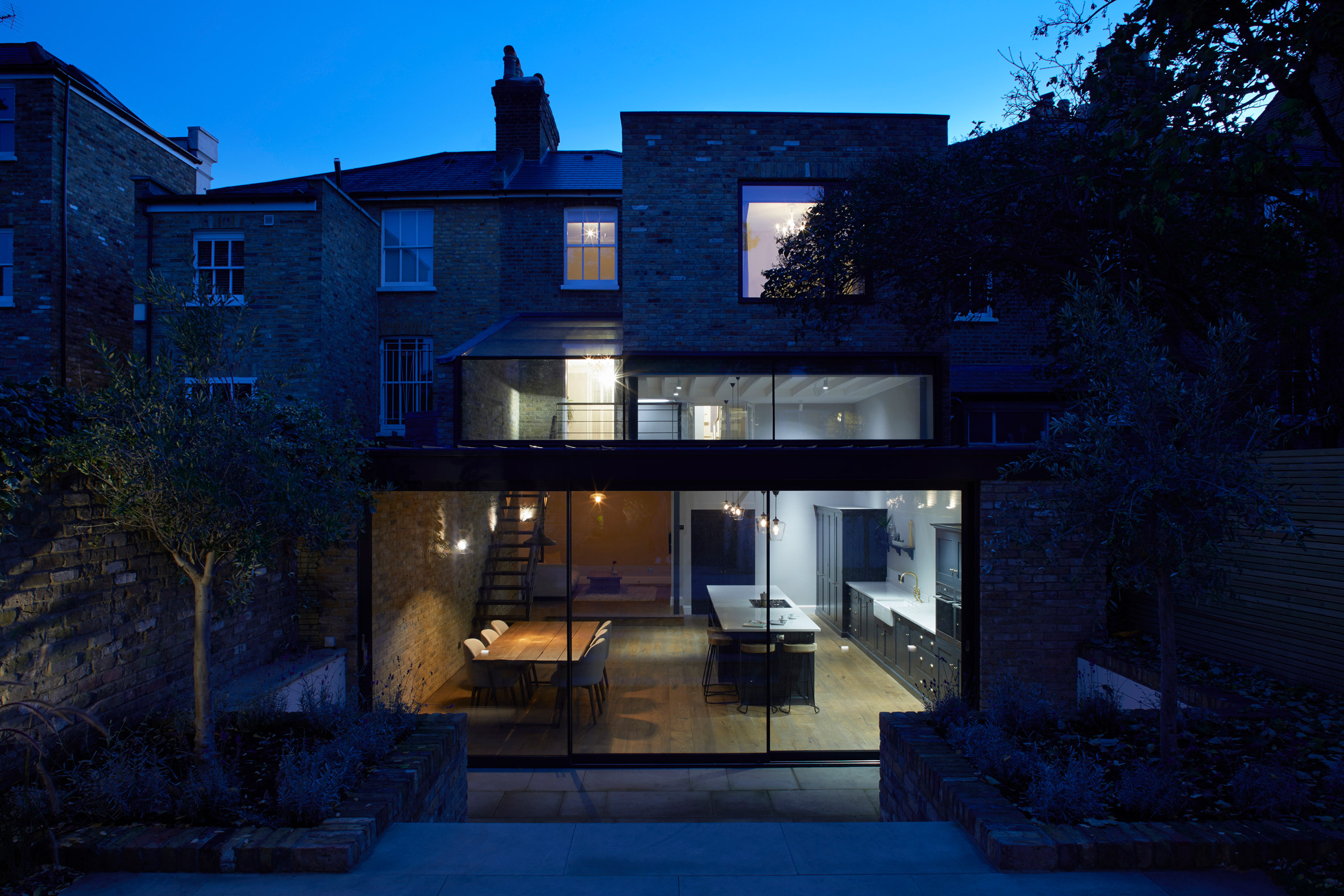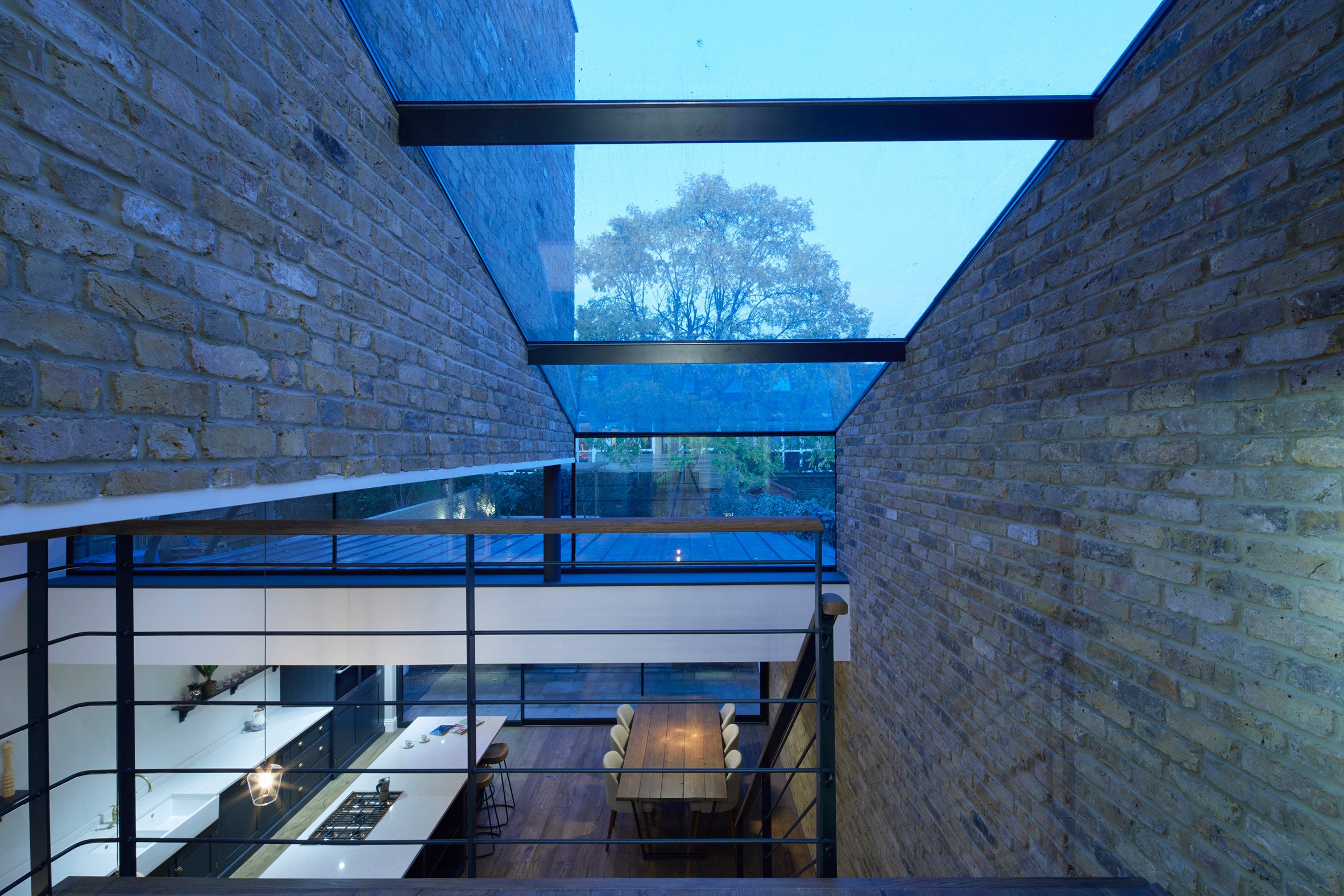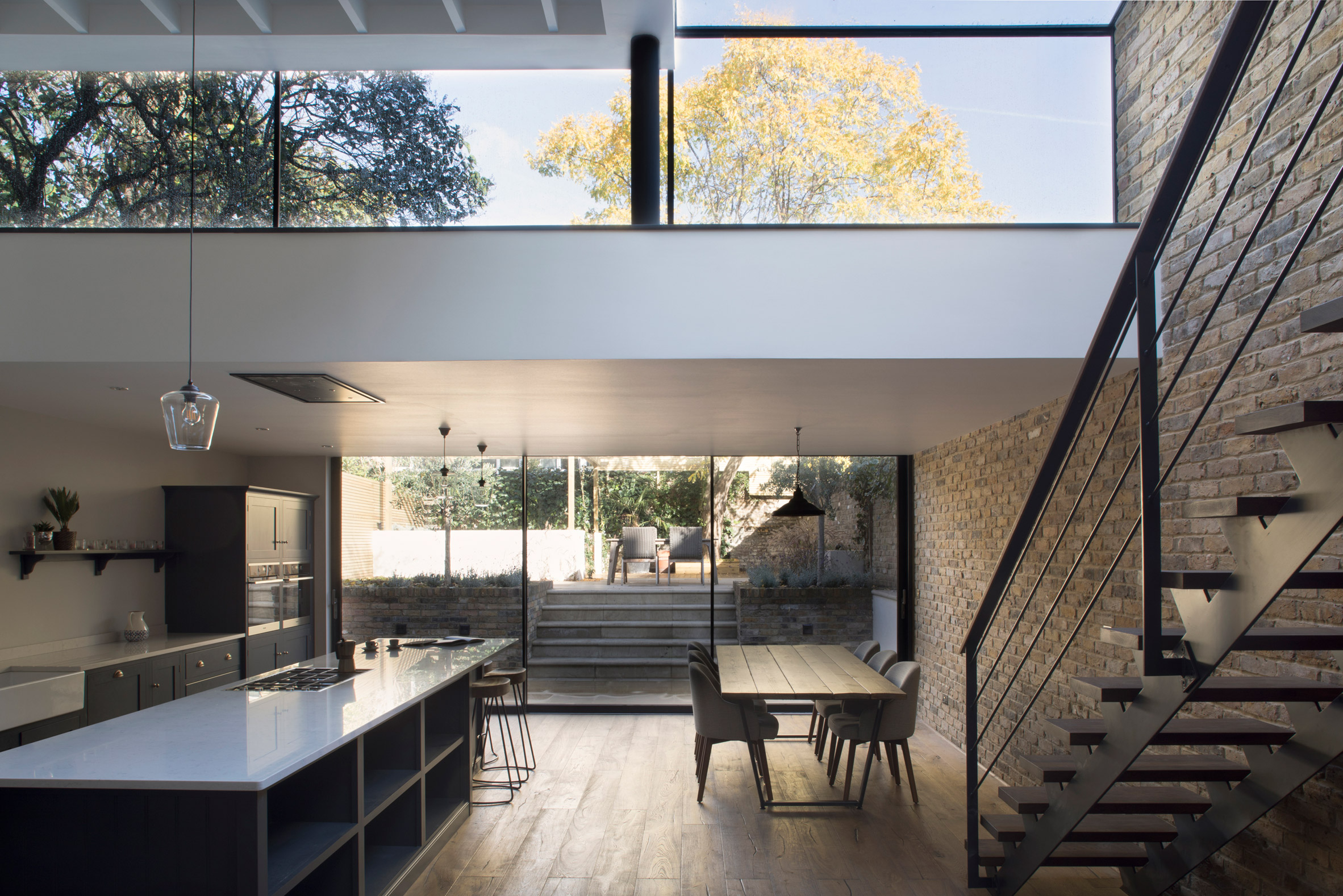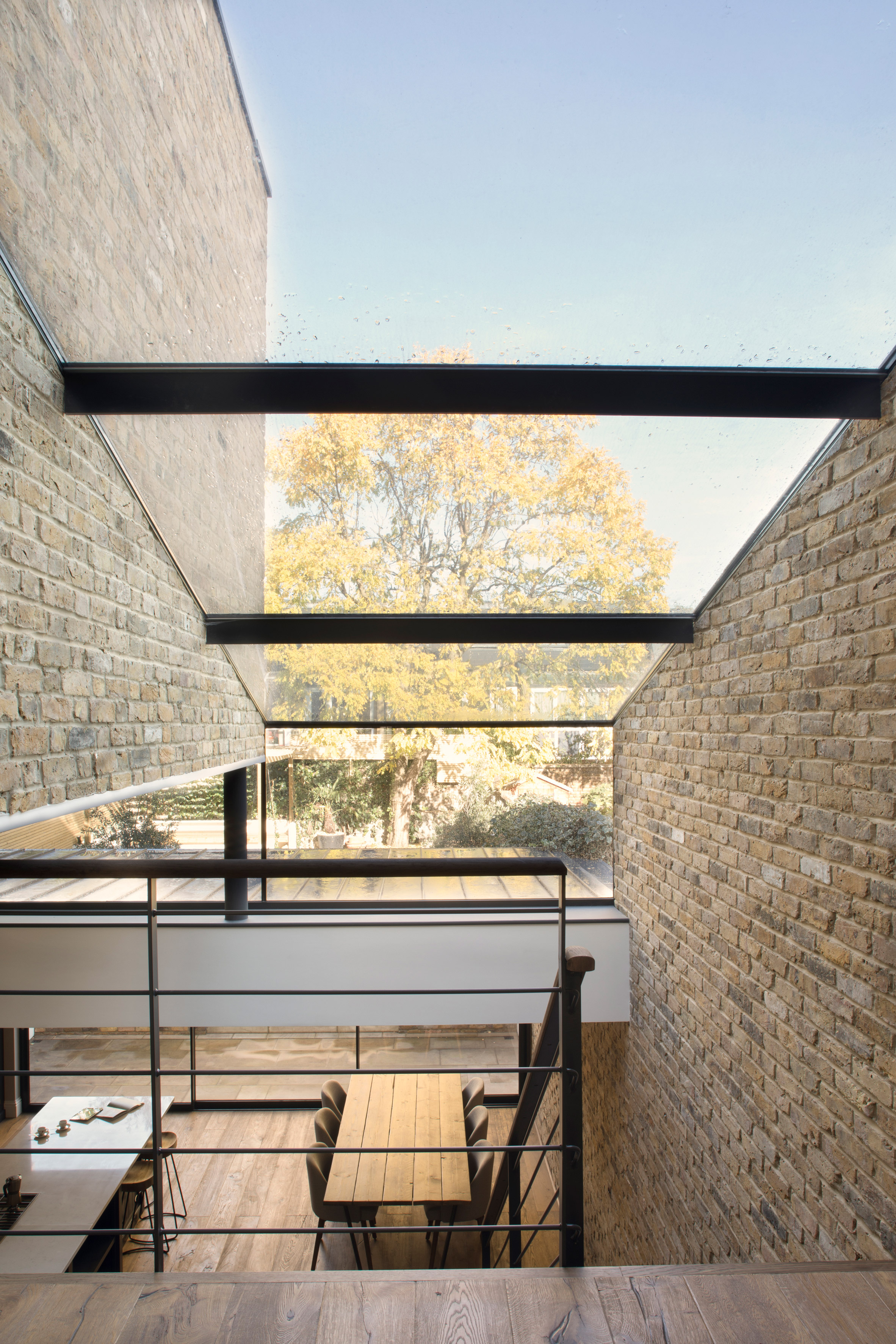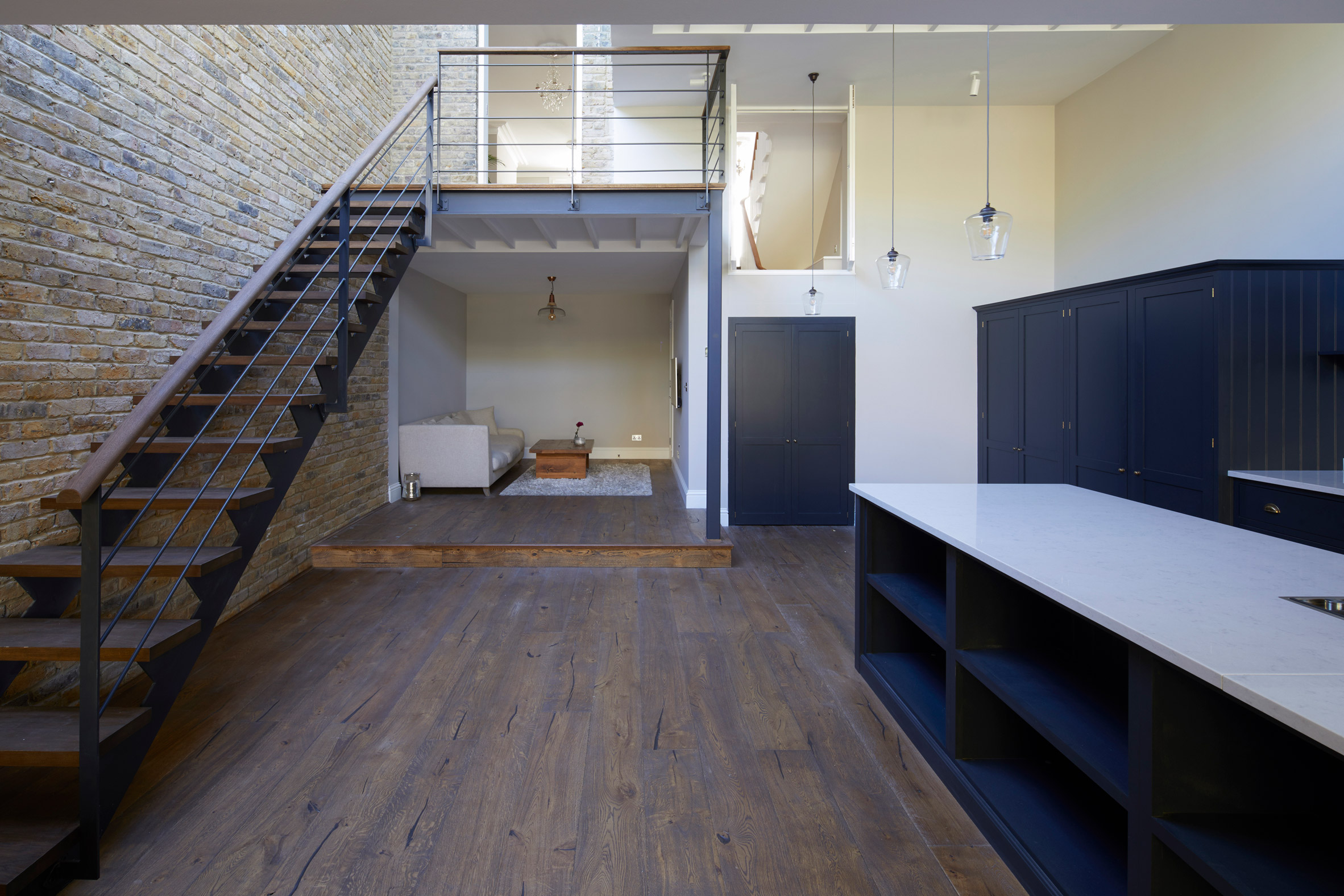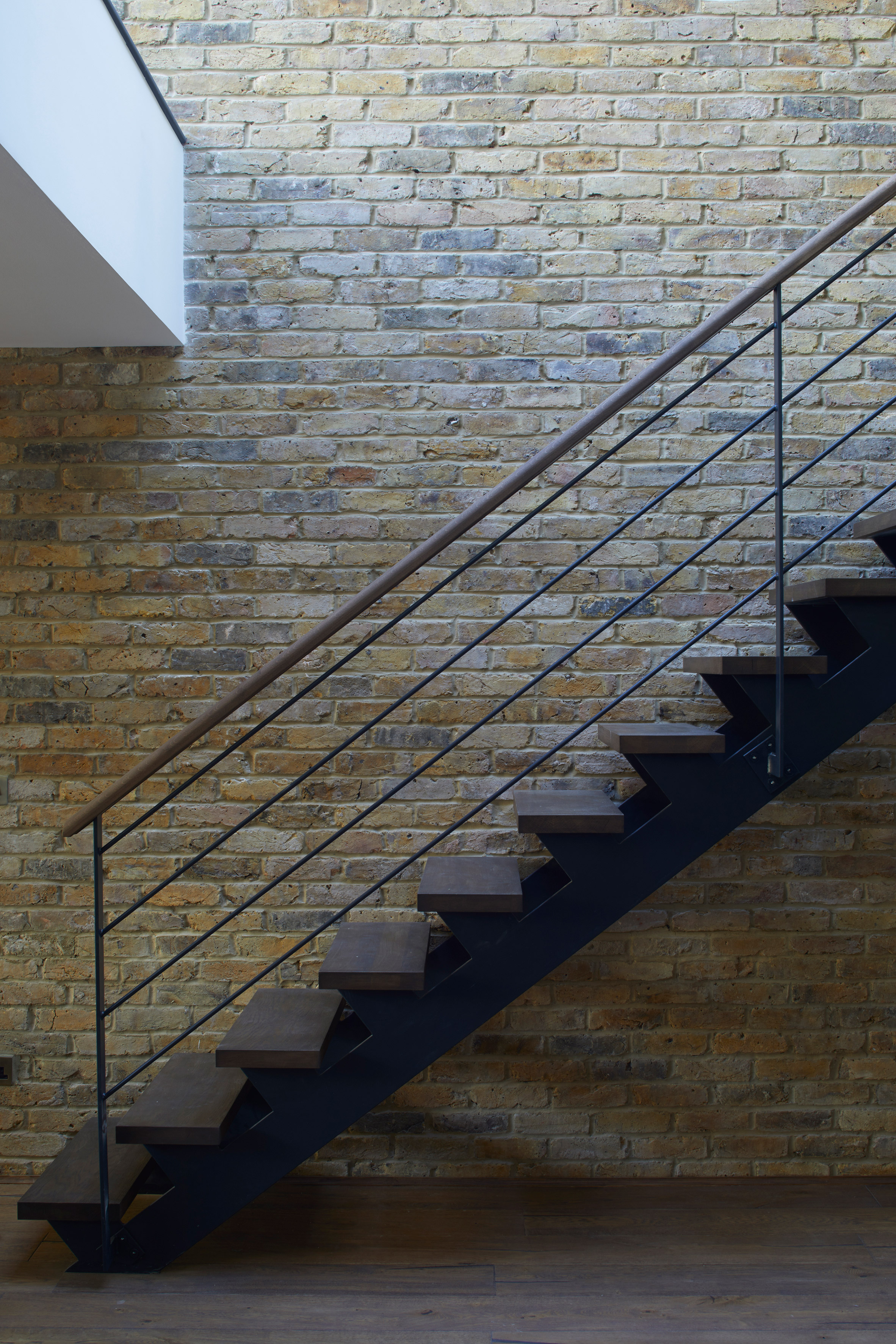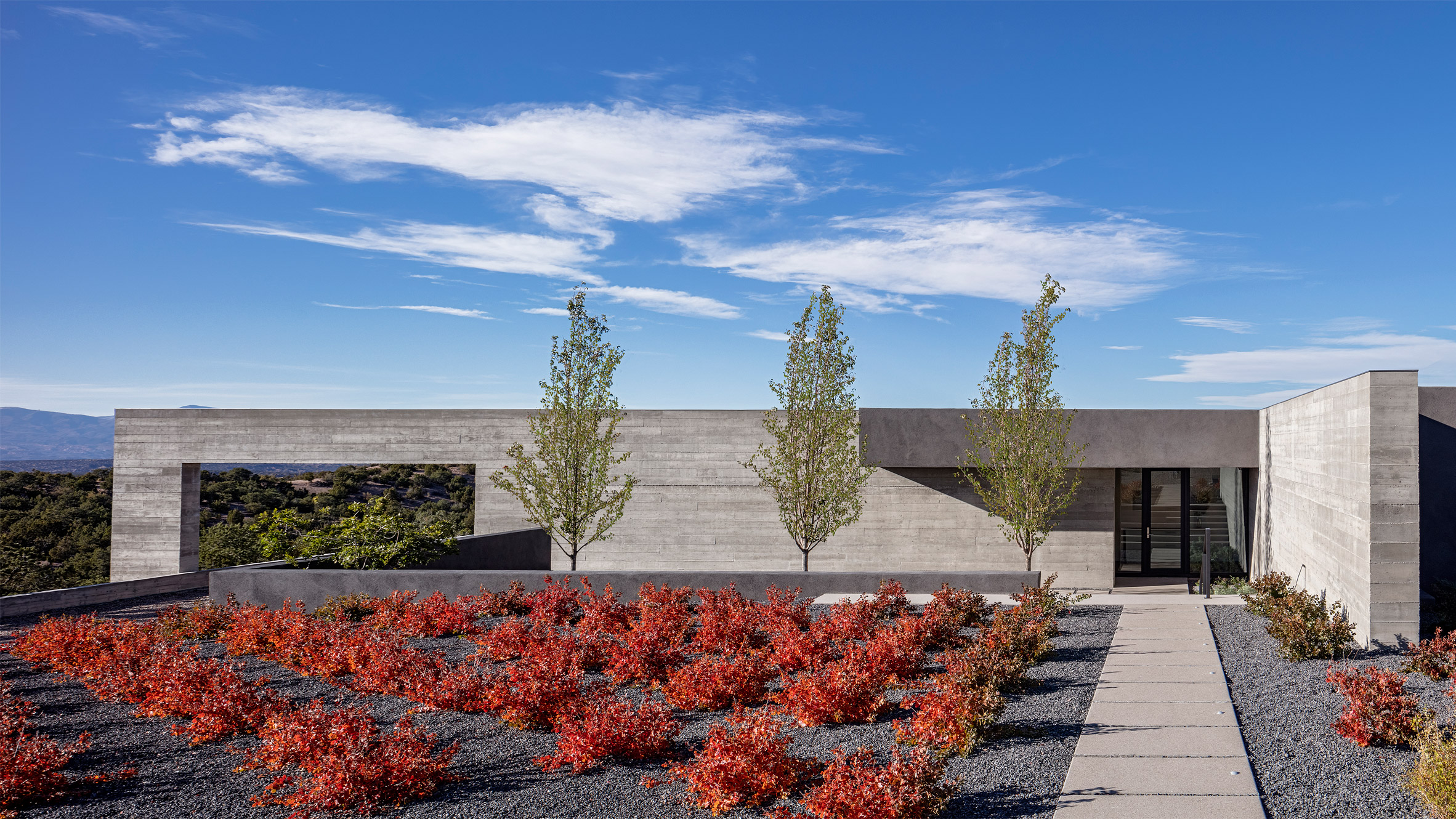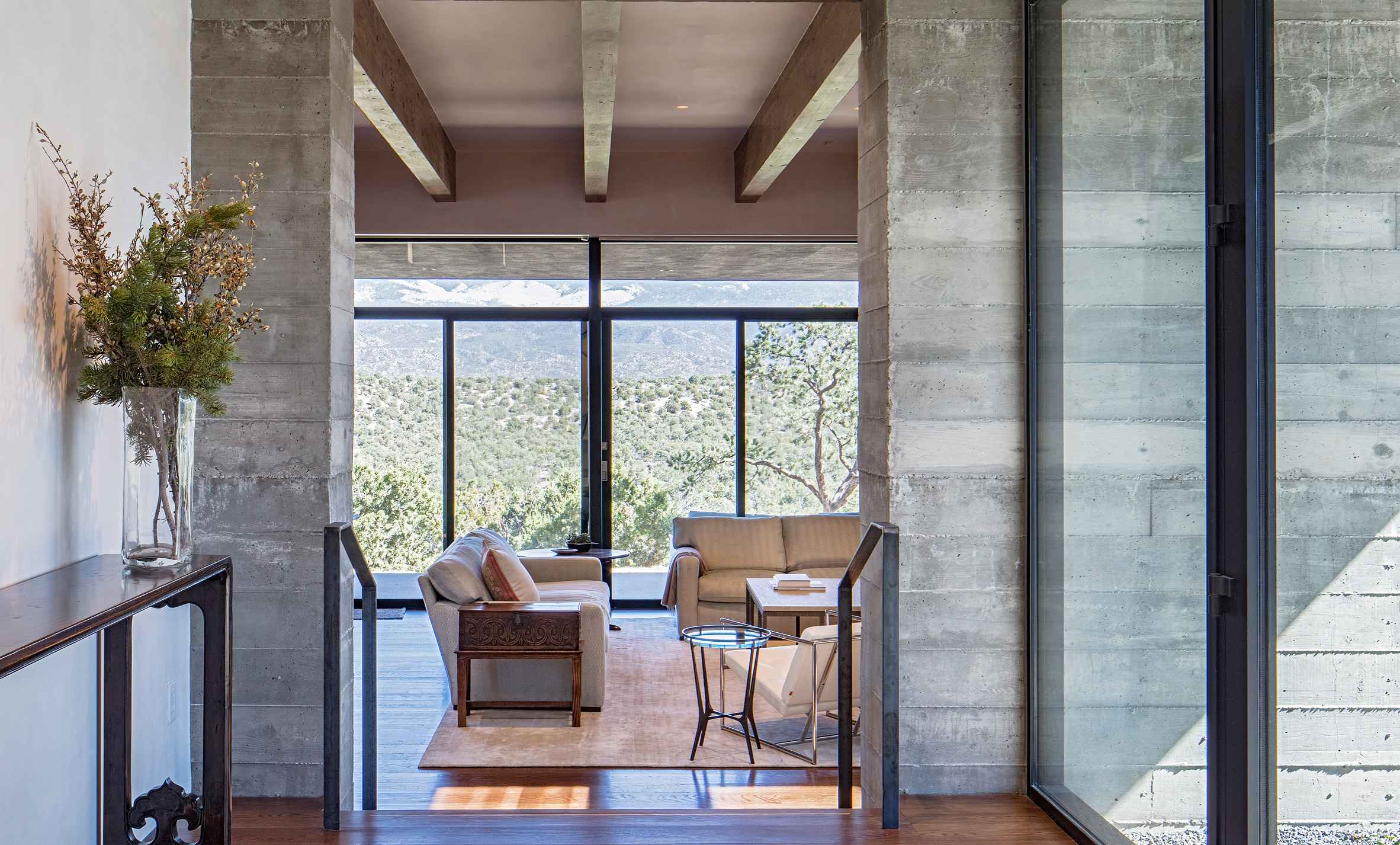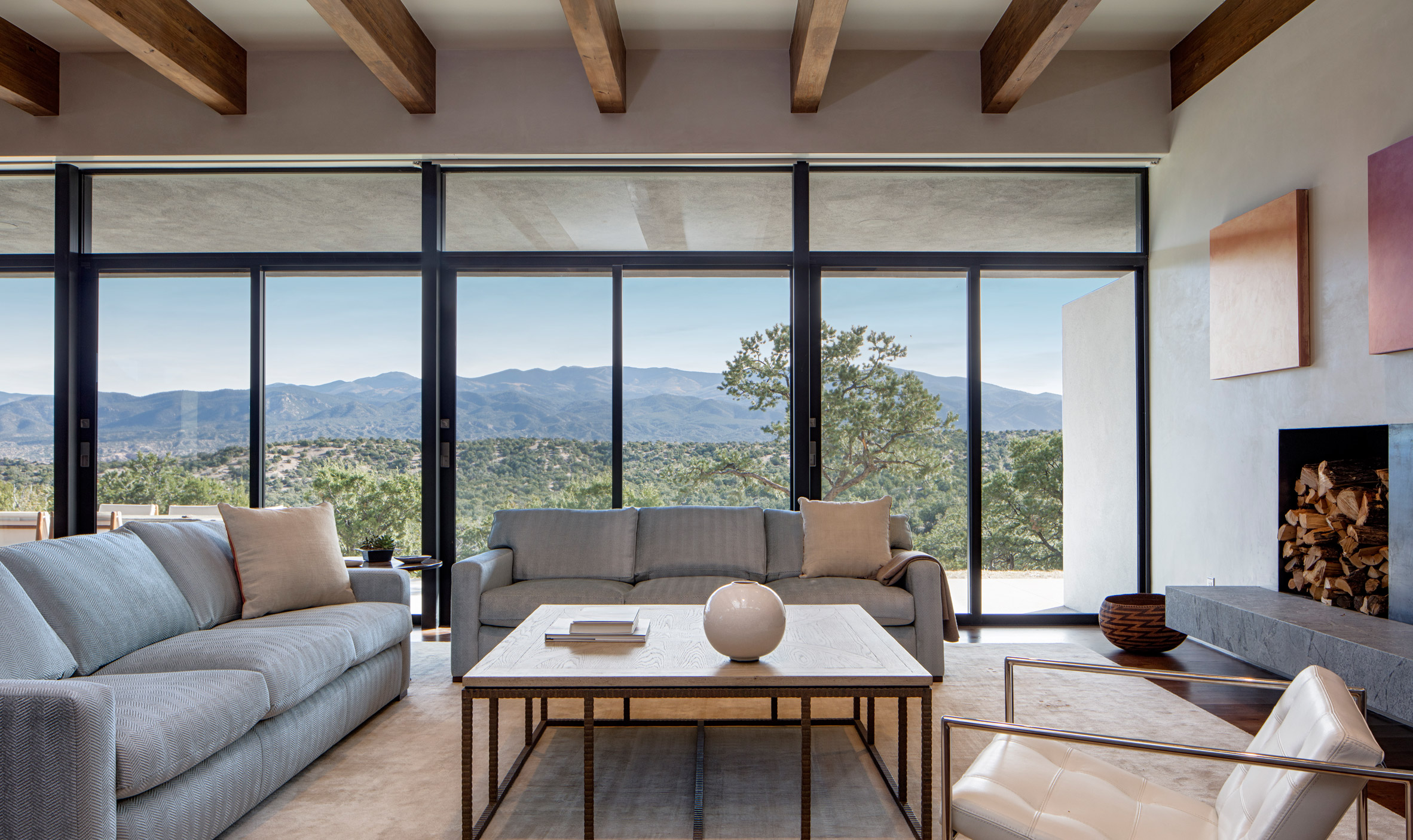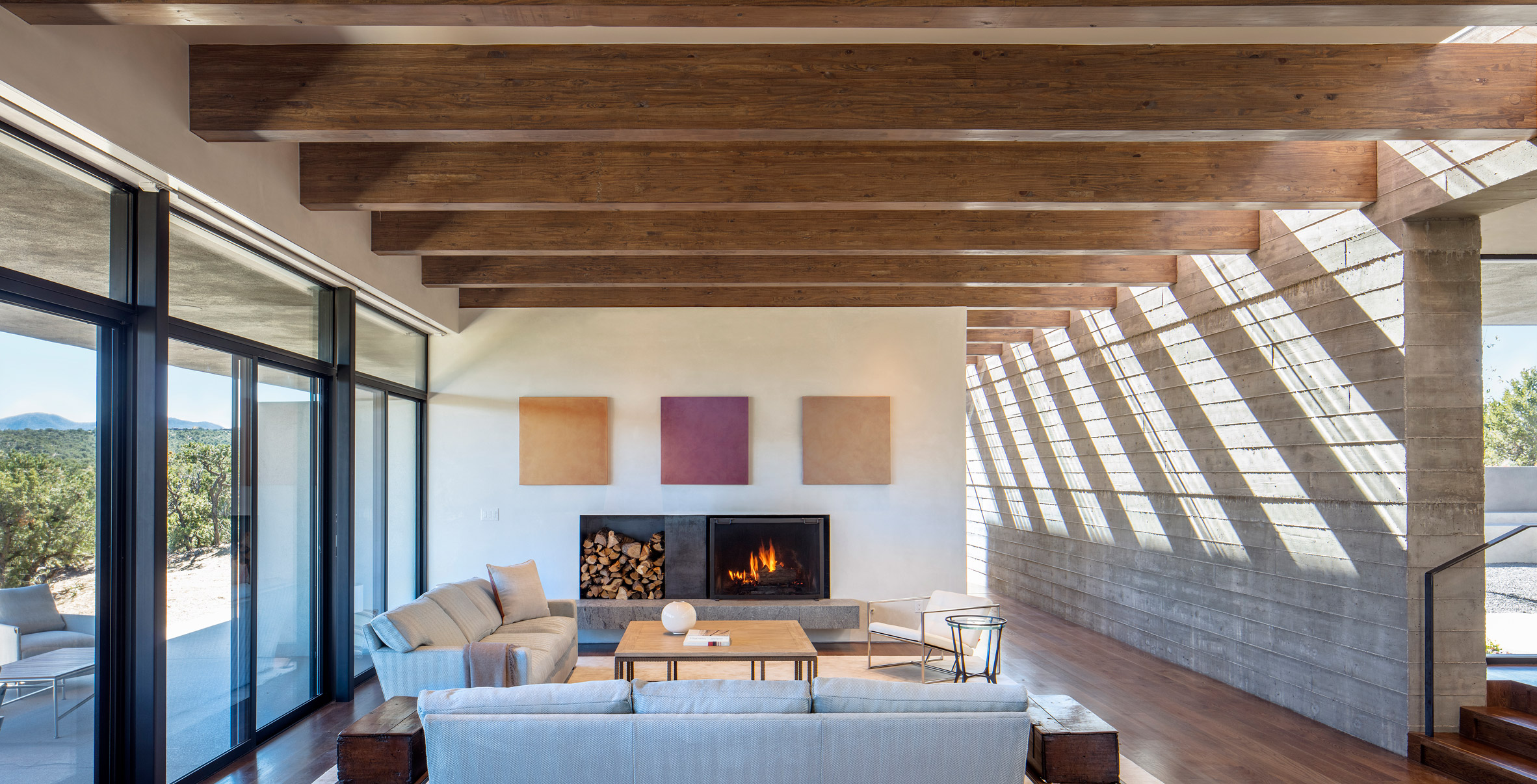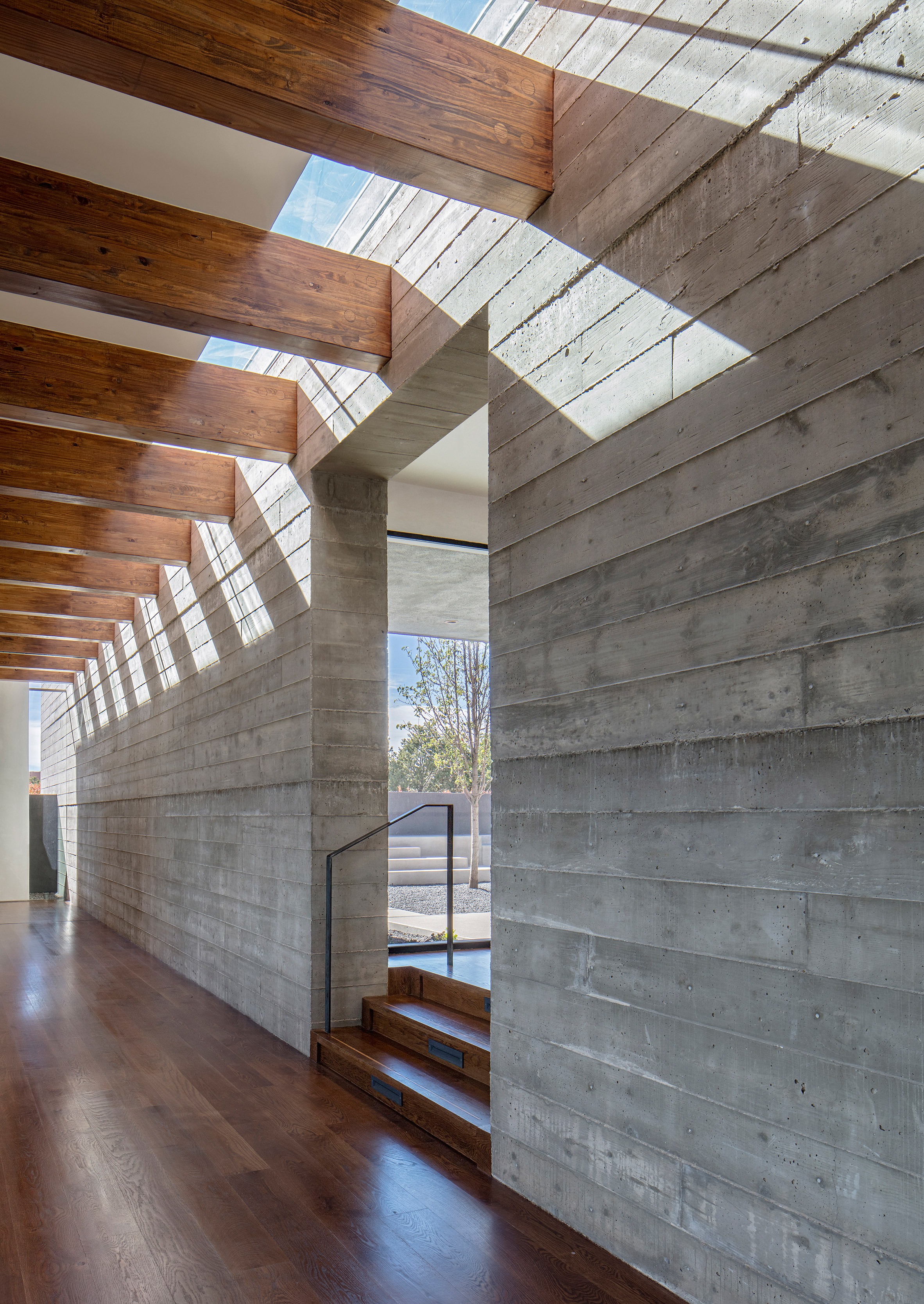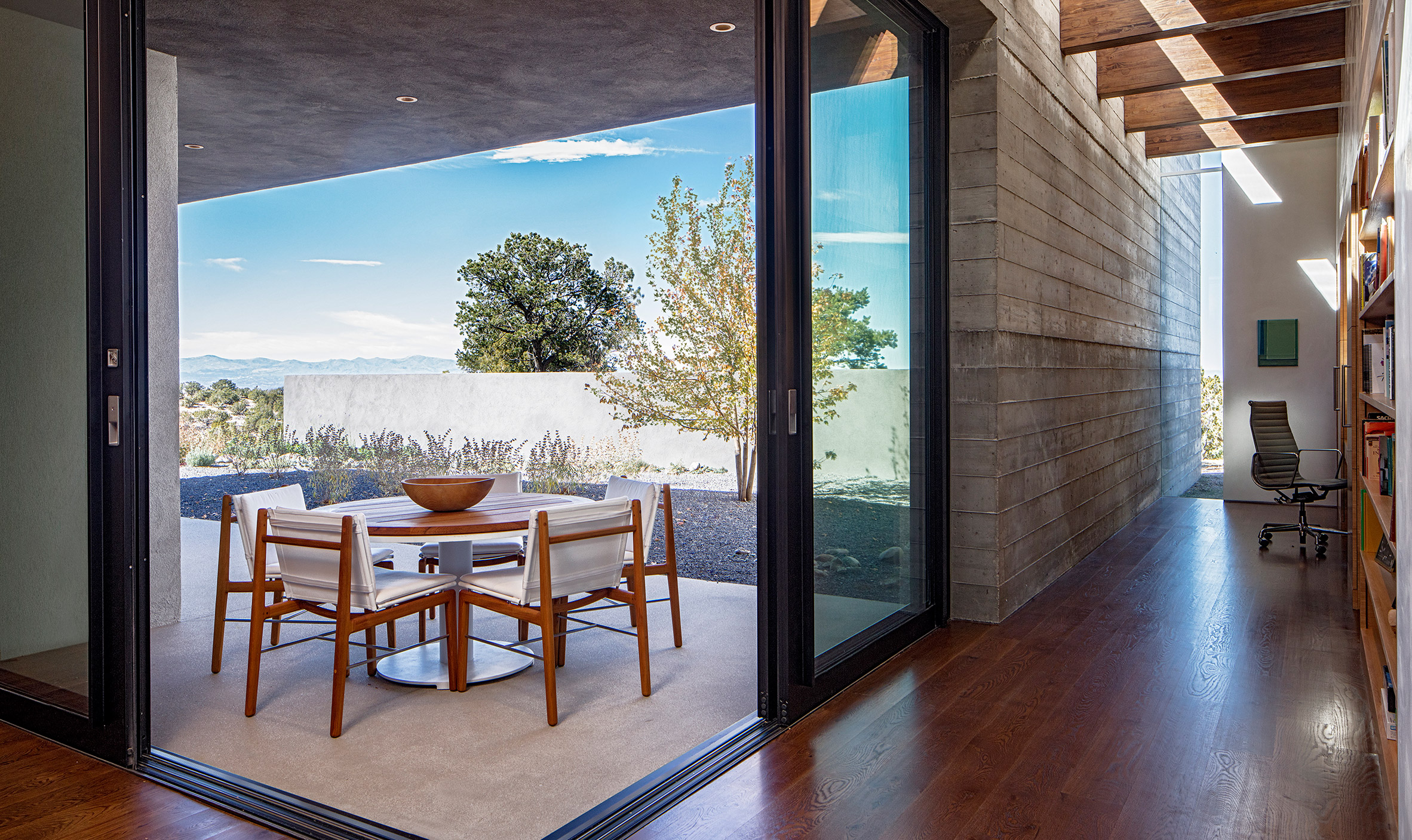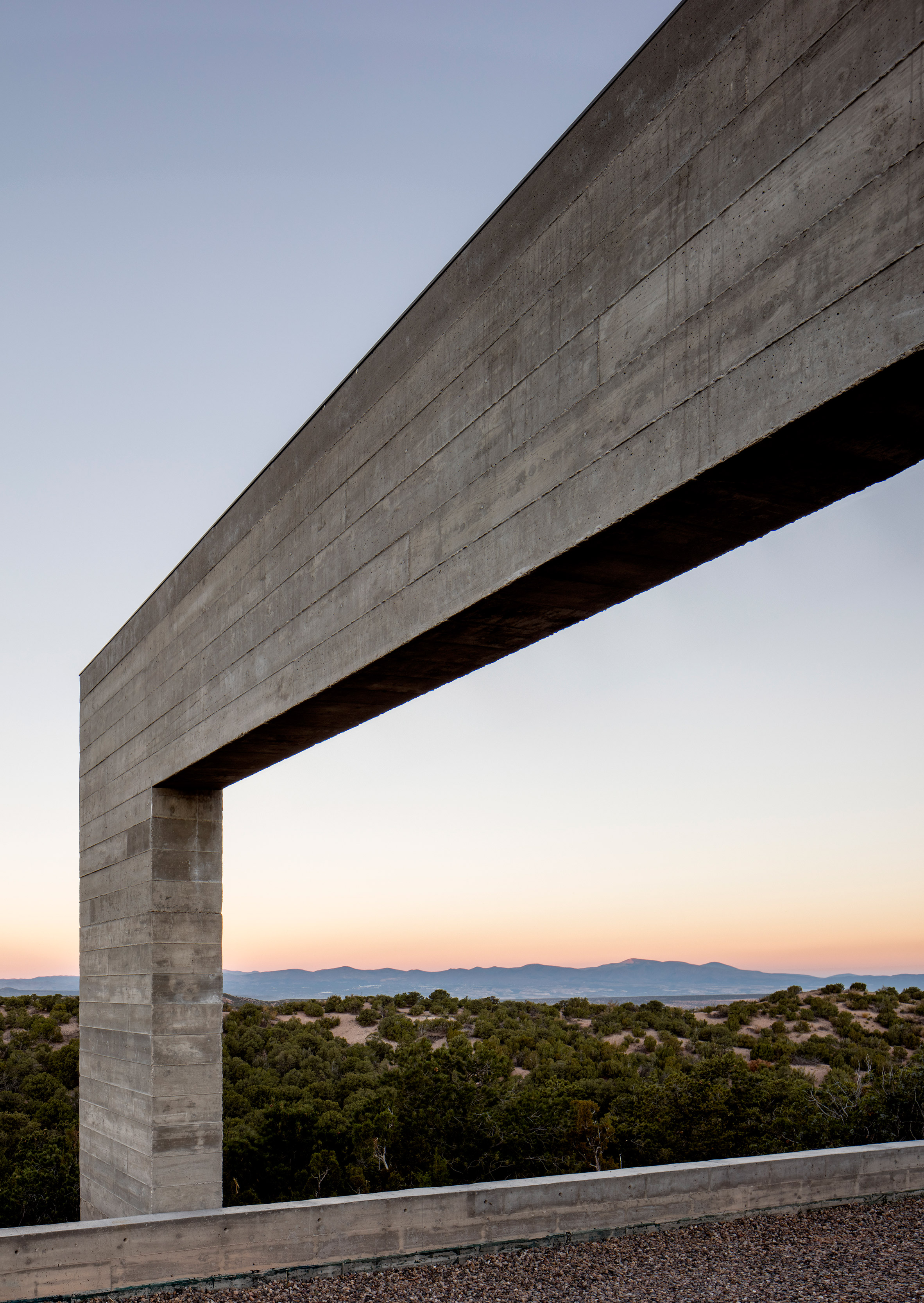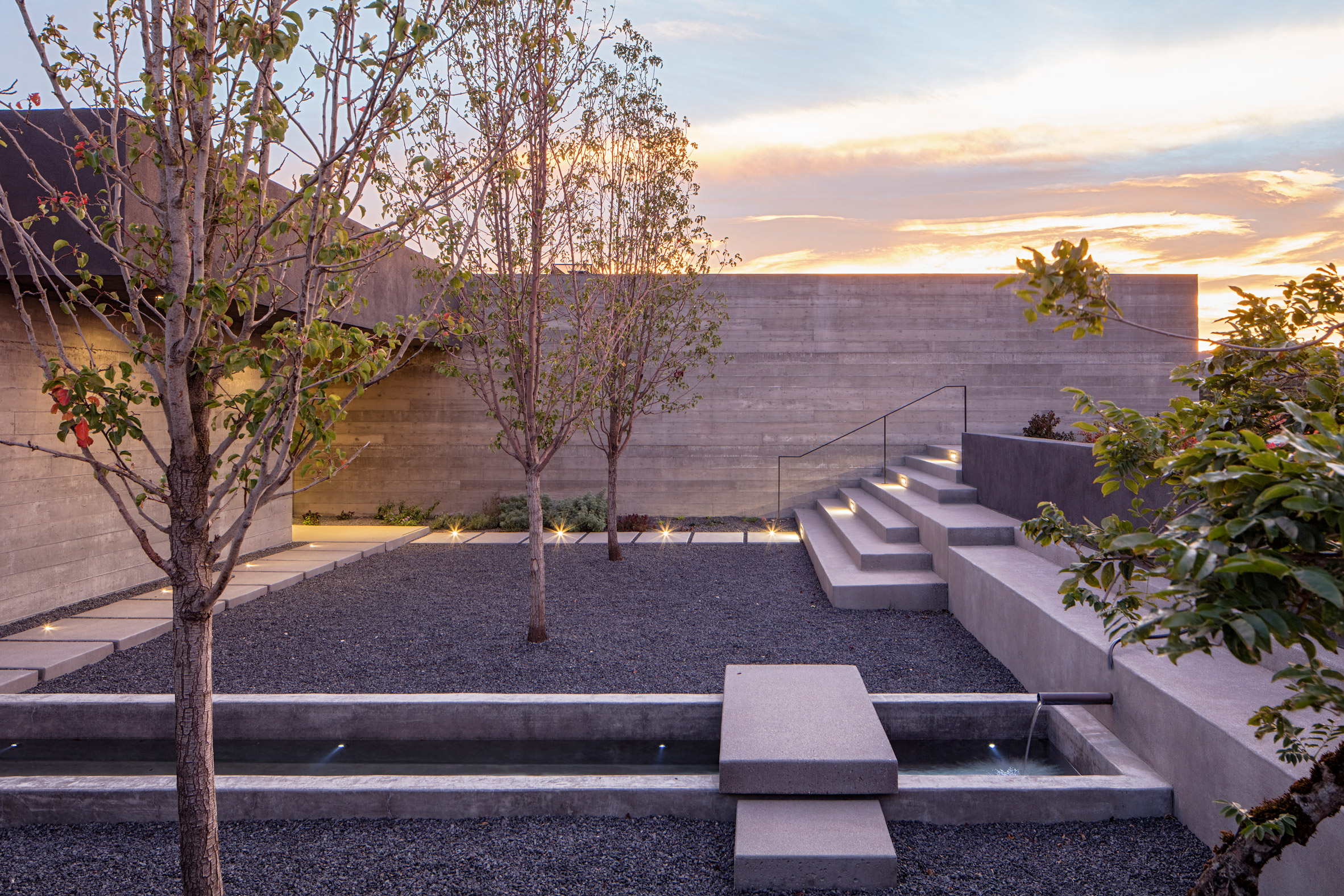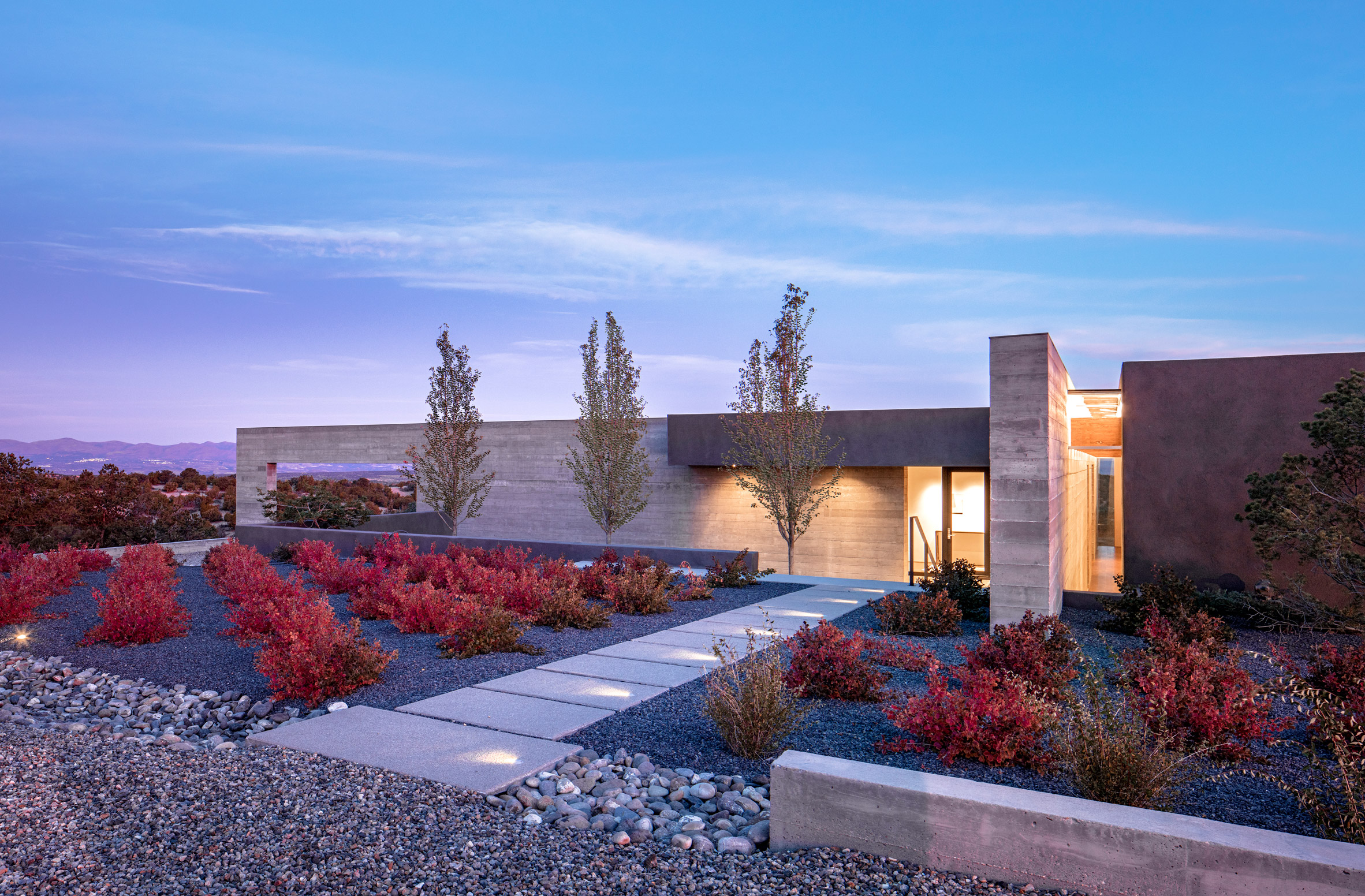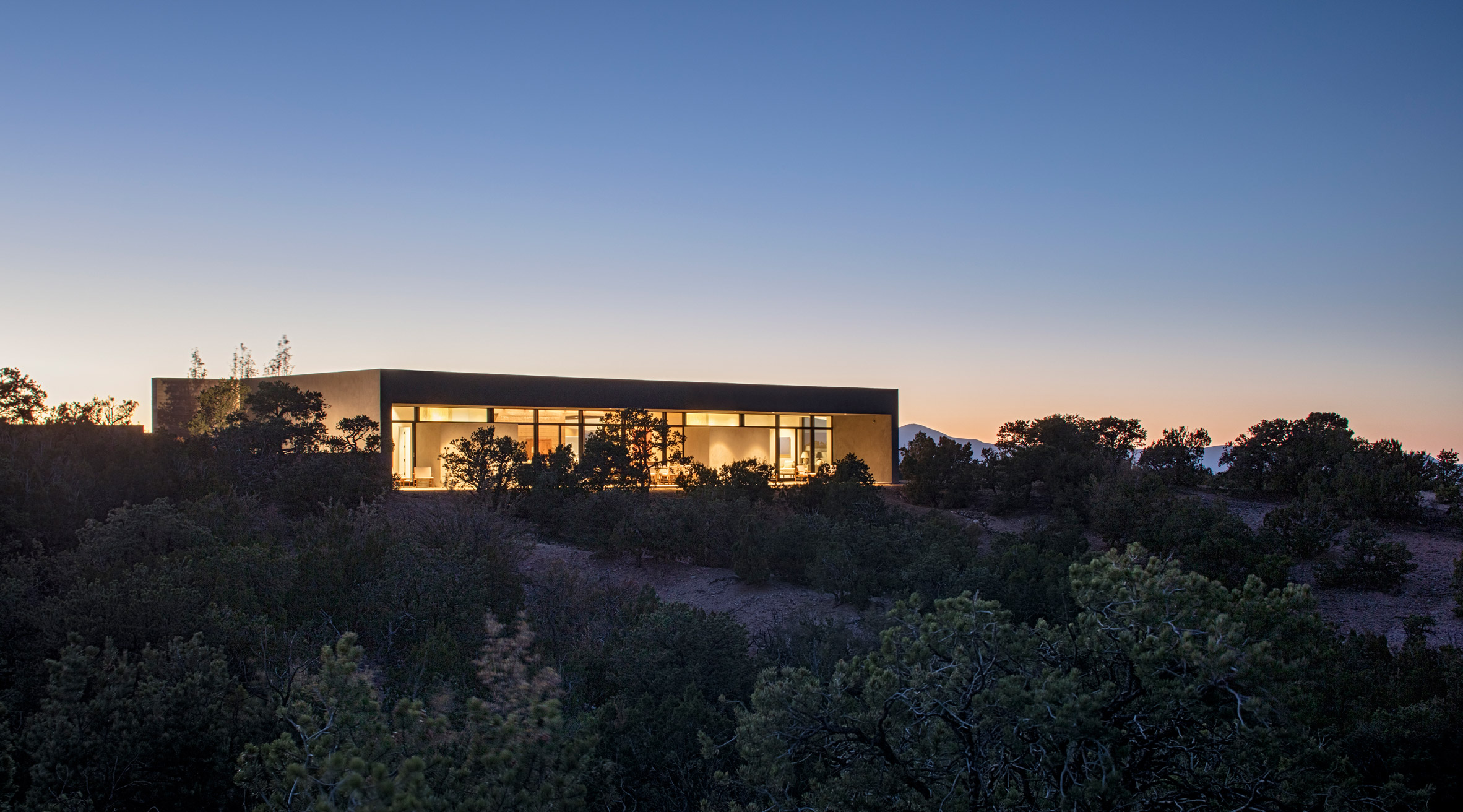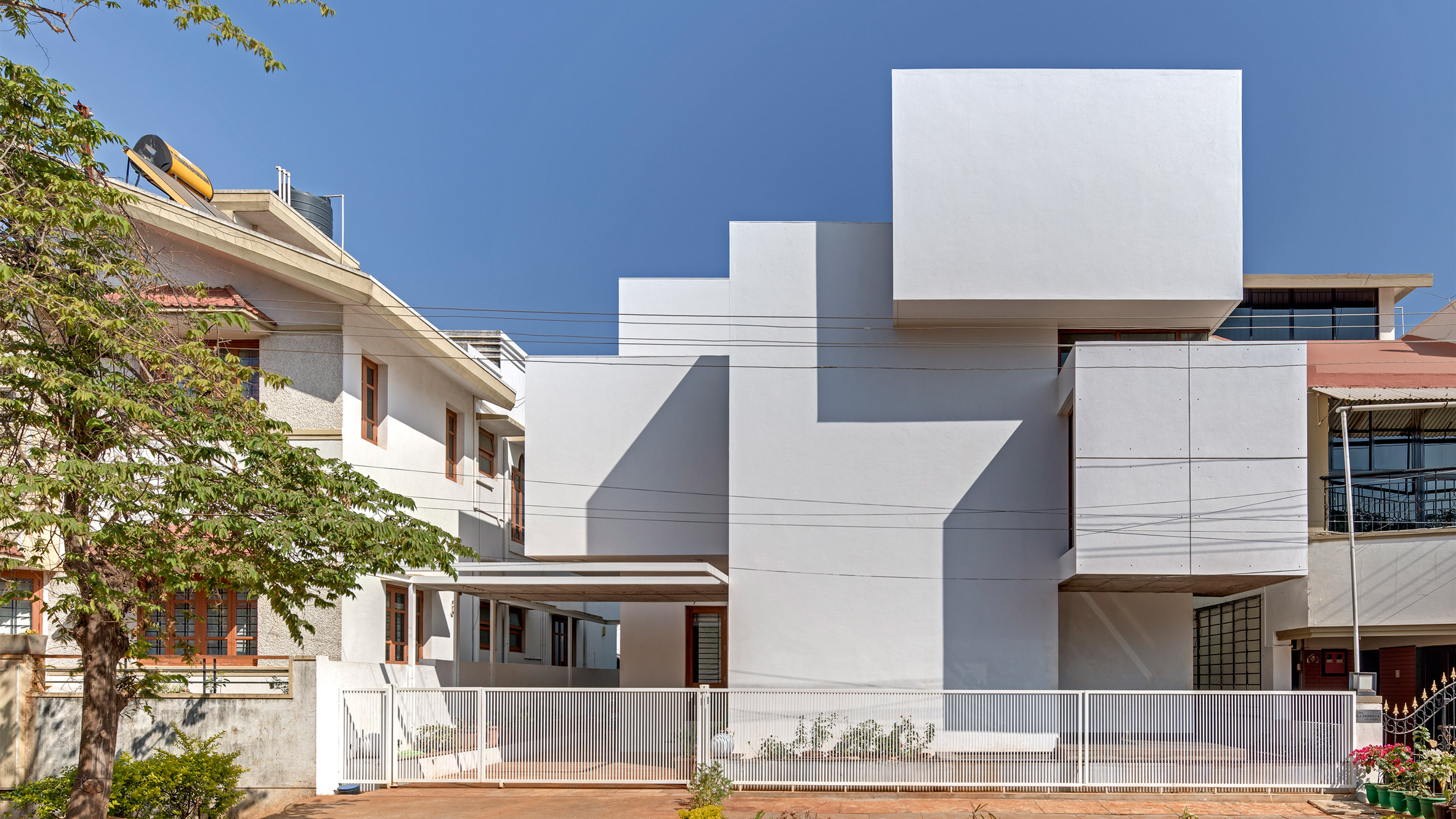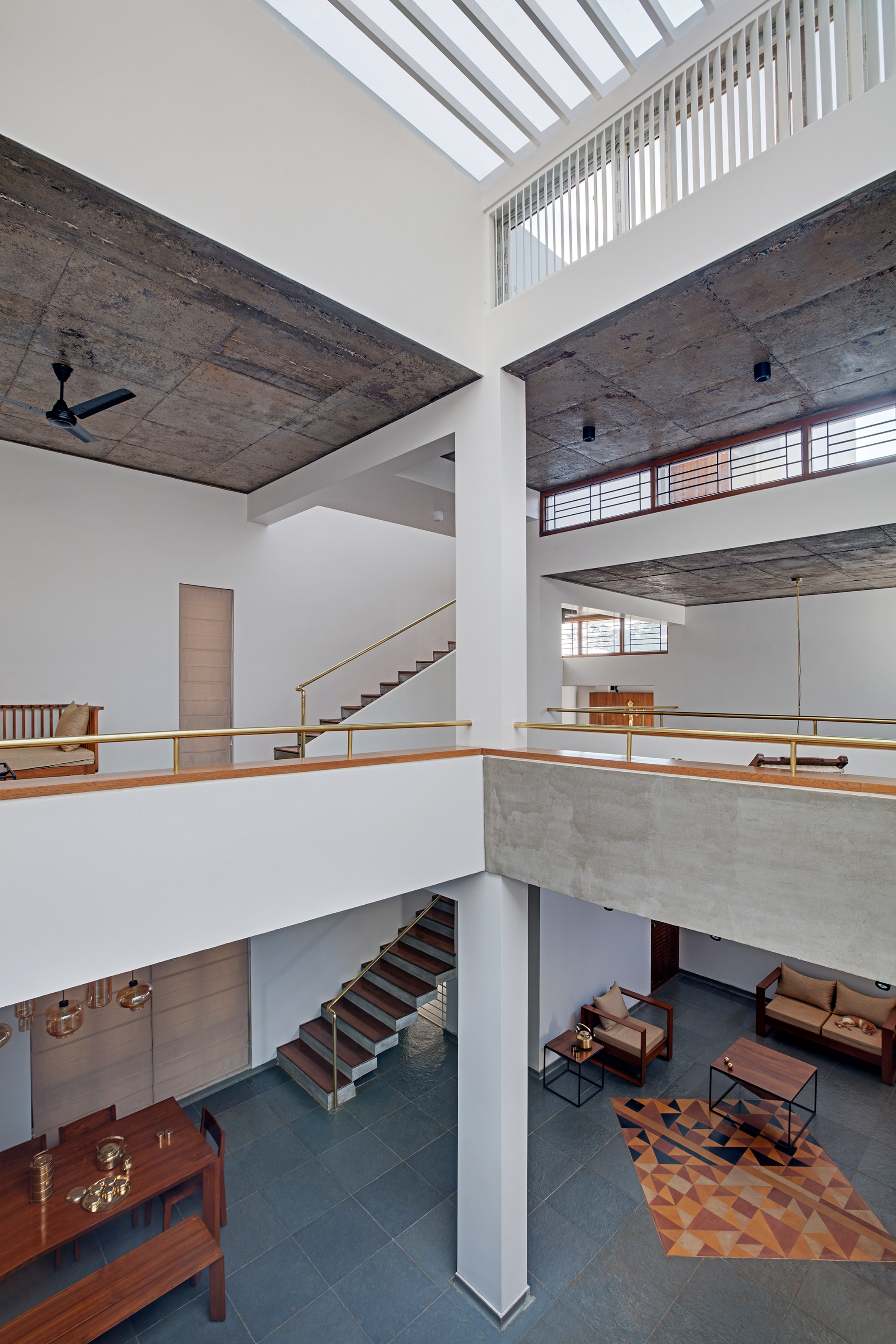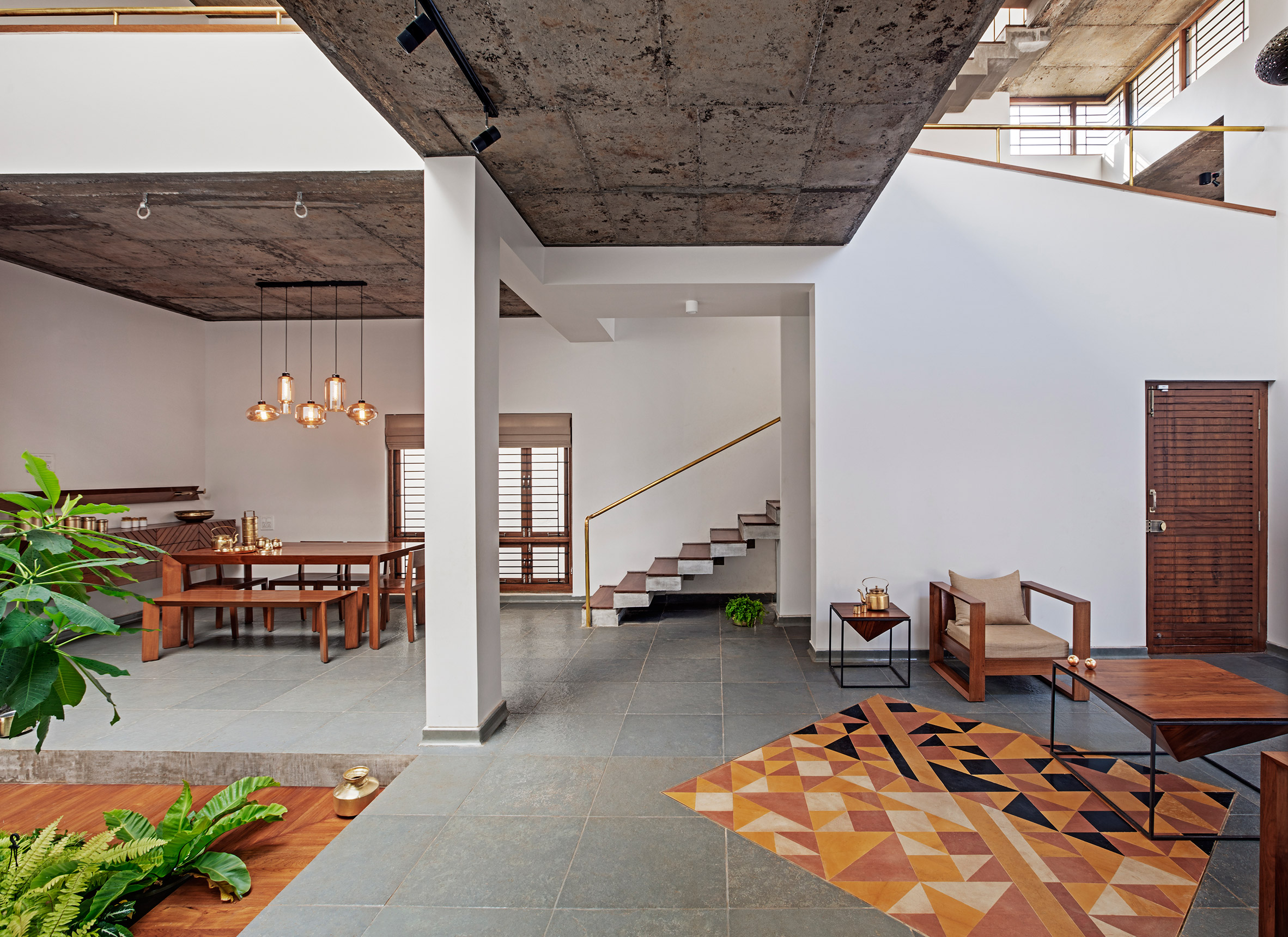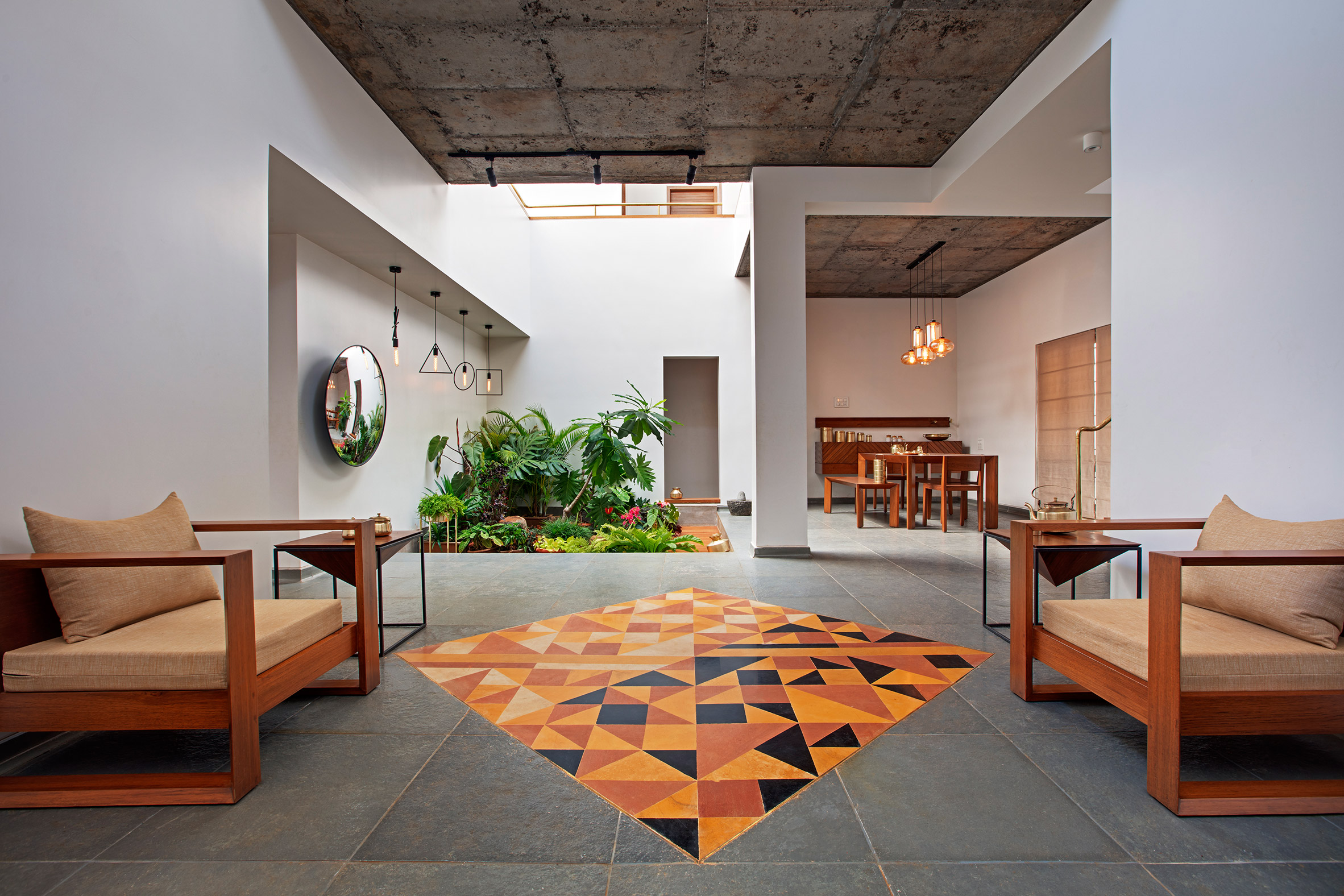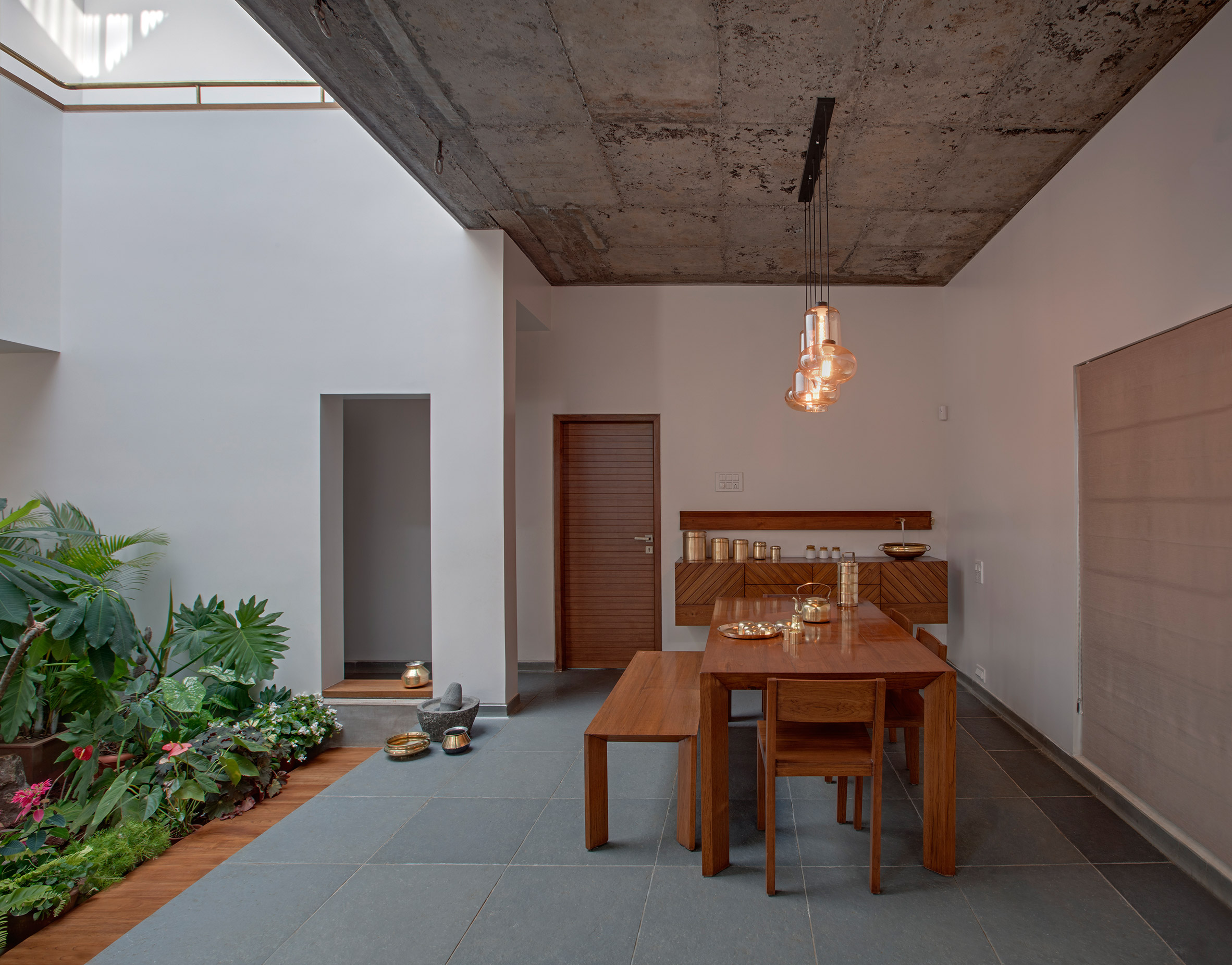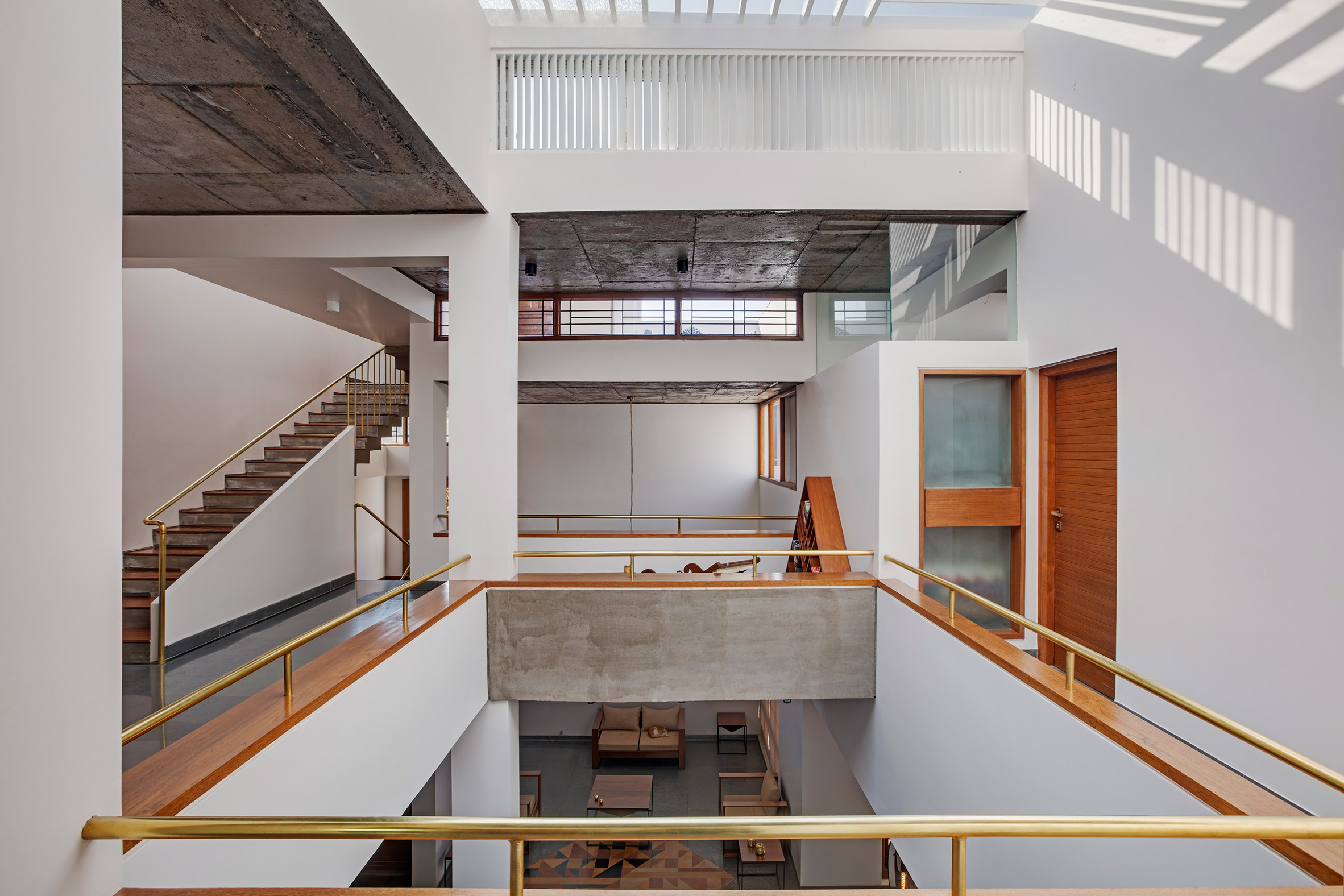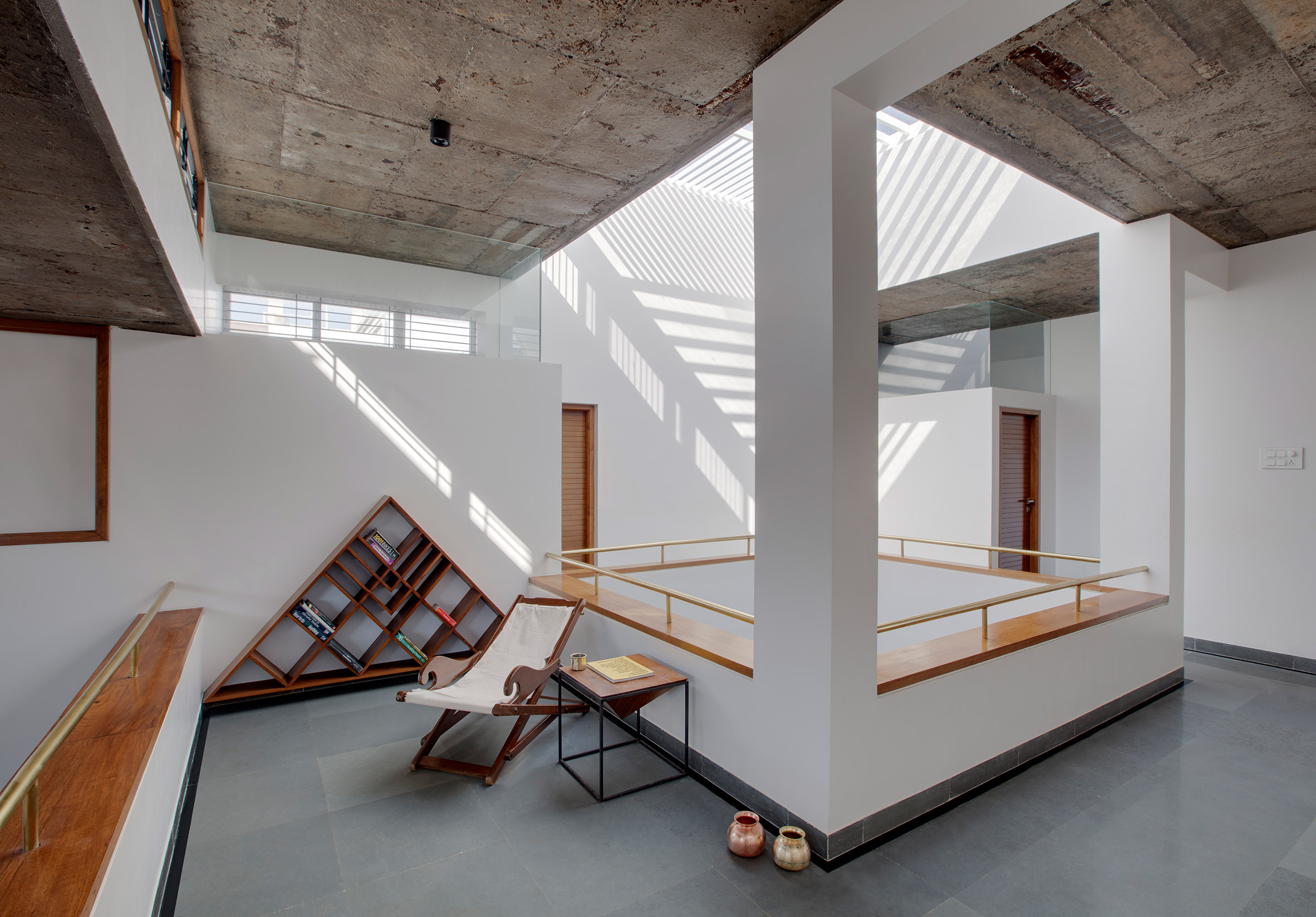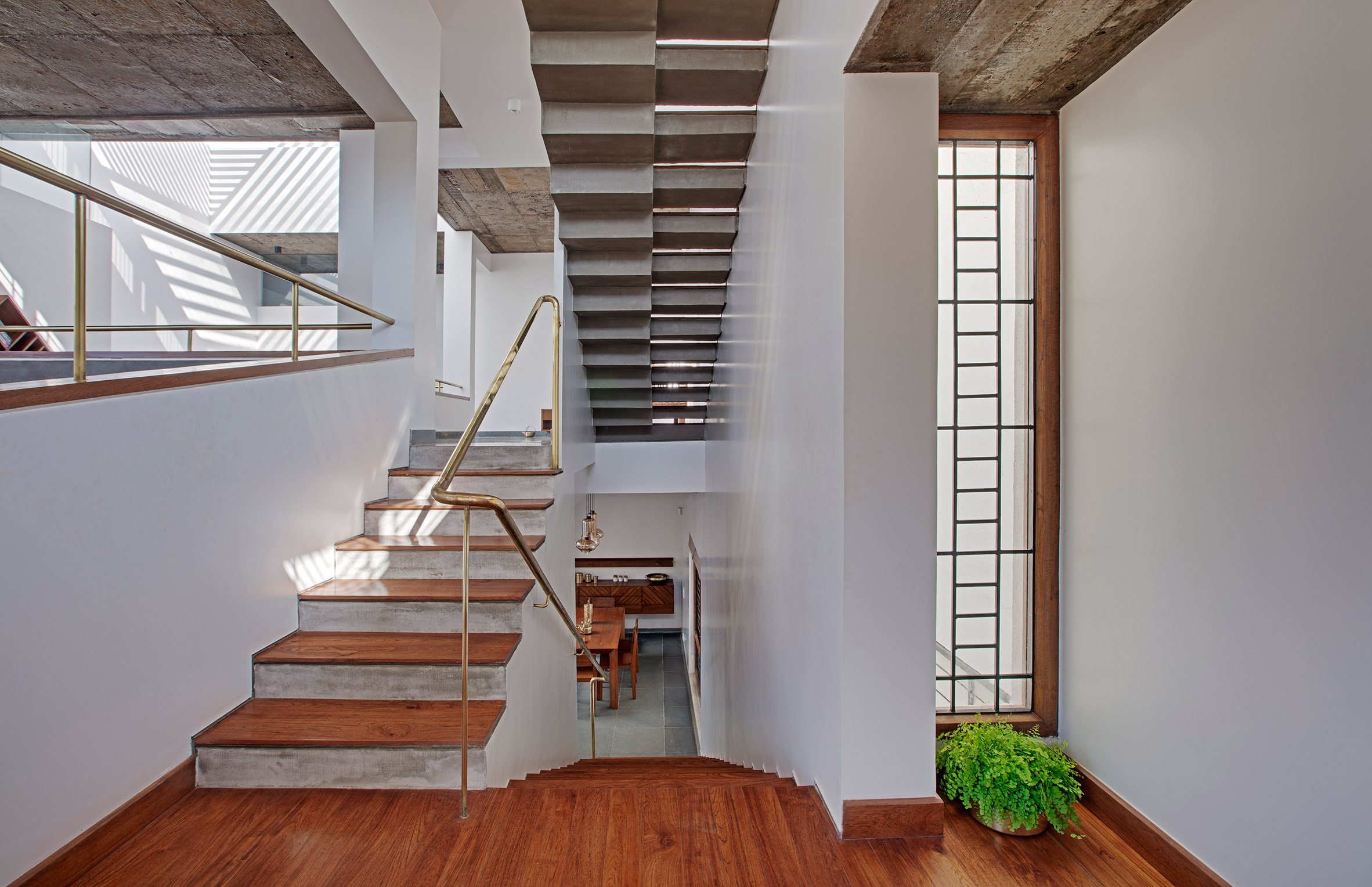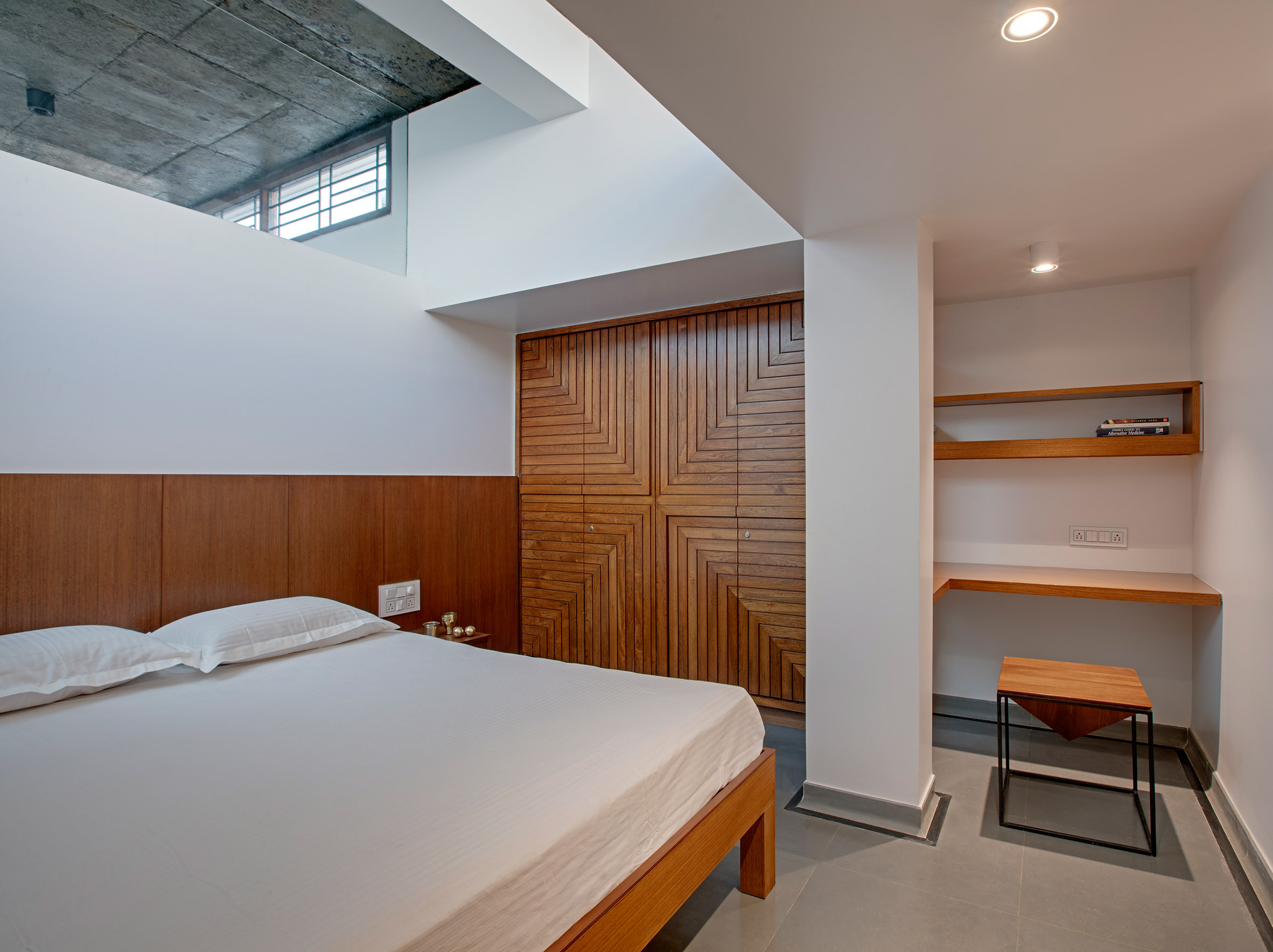Giles Pike Architects has expanded this house in Putney, southwest of London, using glass walls to flood the new basement living areas with natural light.
Giles Pike Architects designed the stepped extension of a Victorian townhouse to create an open-plan living, kitchen and dining room.
The architects dug terrain at the back of the Felsham Road property to extend the basement and remove the rear side wall. A new two-story brick wall was added along the site boundary to take full advantage of the overall site width.
"Our writing was to expand and improve the property to reach its full potential and in doing so, we have exploited the volume inside the house to create double height spaces," said the architects.
"This was achieved by extending the basement areas and linking it with the ground floor and the first floors."
Glazing bridges the gap between the flat roof of a floor volume and the smaller brick structure on the second floor to make a long clerestory window.
A large skylight is also interwoven between the volume of brick and the wall of the two-story boundary, where it illuminates a staircase leading to a mezzanine level that dominates the space.
"The generous volumes plus the increase in natural light that we have brought to the house with the large areas of clear glass without frame combine to make this a spectacular home equipped for modern family life," said the architects.
The combined kitchen and dining area open to the garden, while the living room occupies an alcove in the back of the space.
Here, a door leads through the existing basement, which is now occupied by a bedroom and en-suite bathroom.
Simple finishes complement the exposed brick wall - dark wood covers the floor and the walls are painted white, while the kitchen cabinets and cabinets are painted a charcoal gray.
Tom Pike and Matt Giles founded their practice based at Battersea Giles Pike Architects in 2008 and have since completed a number of residential projects in the capital including converting a Victorian workshop into a home and a wooden residence designed for a small plot .
The photograph is by Logan McDougall.

